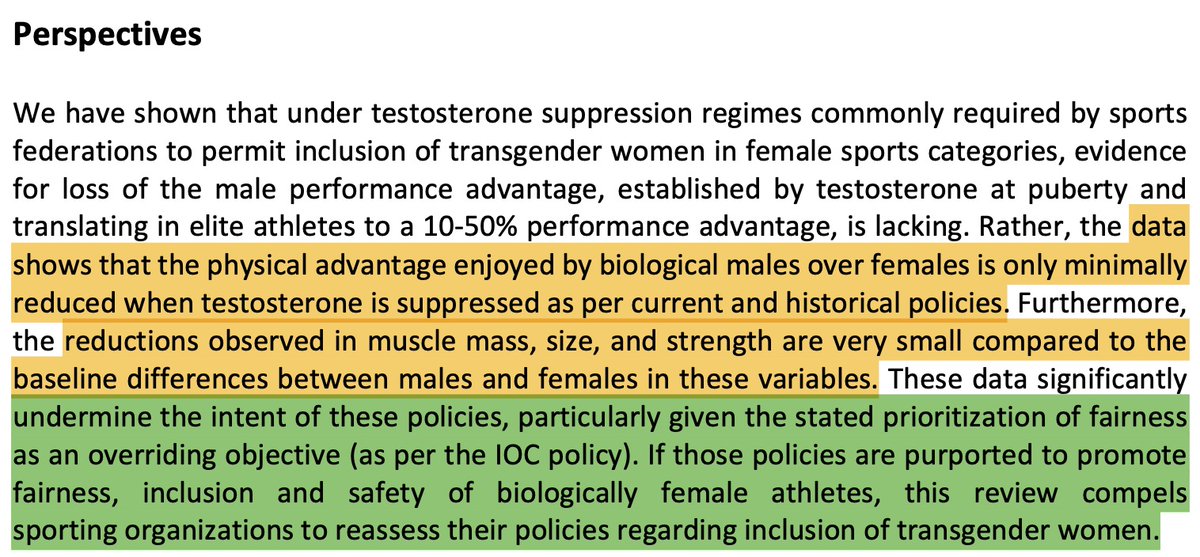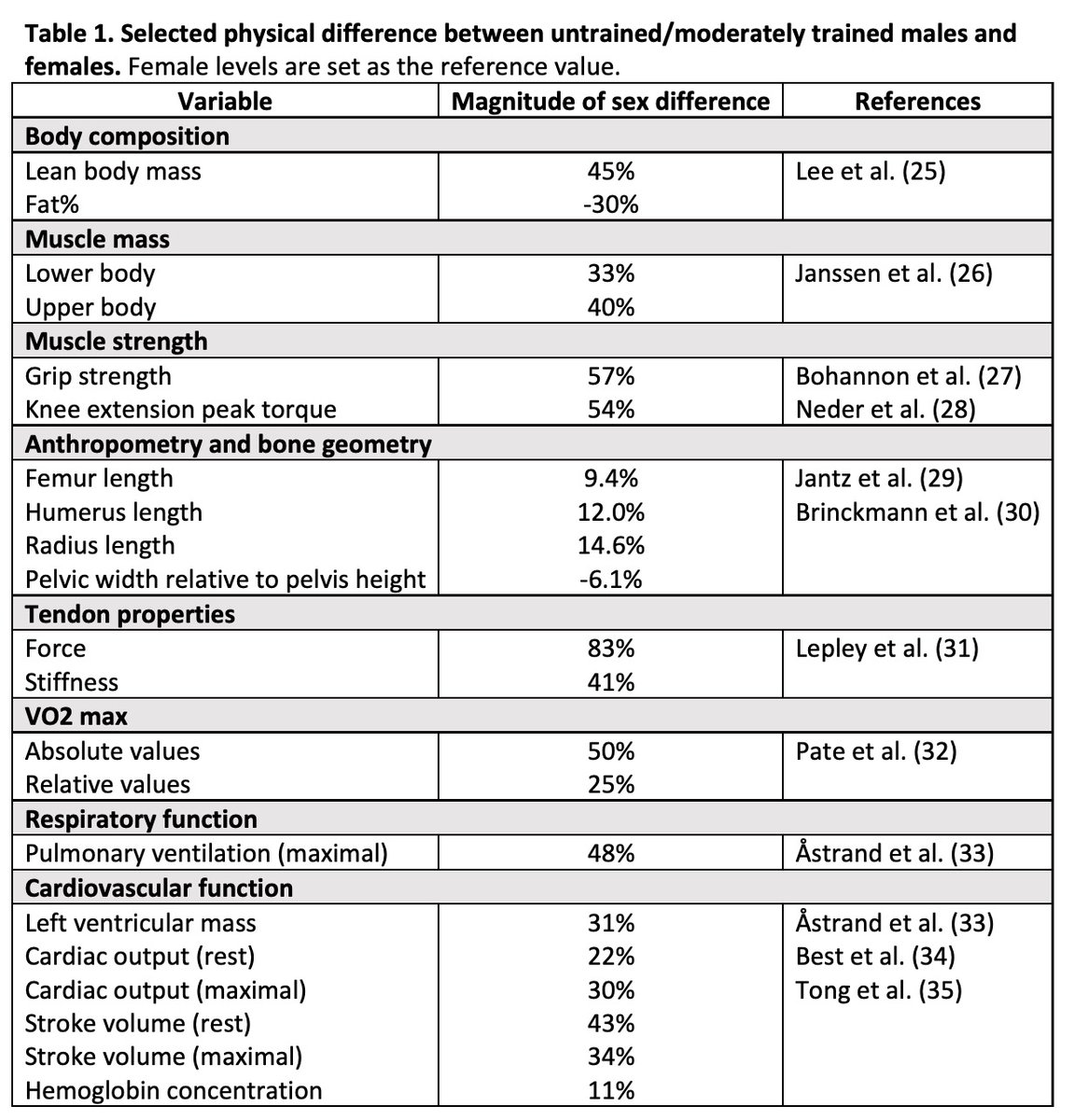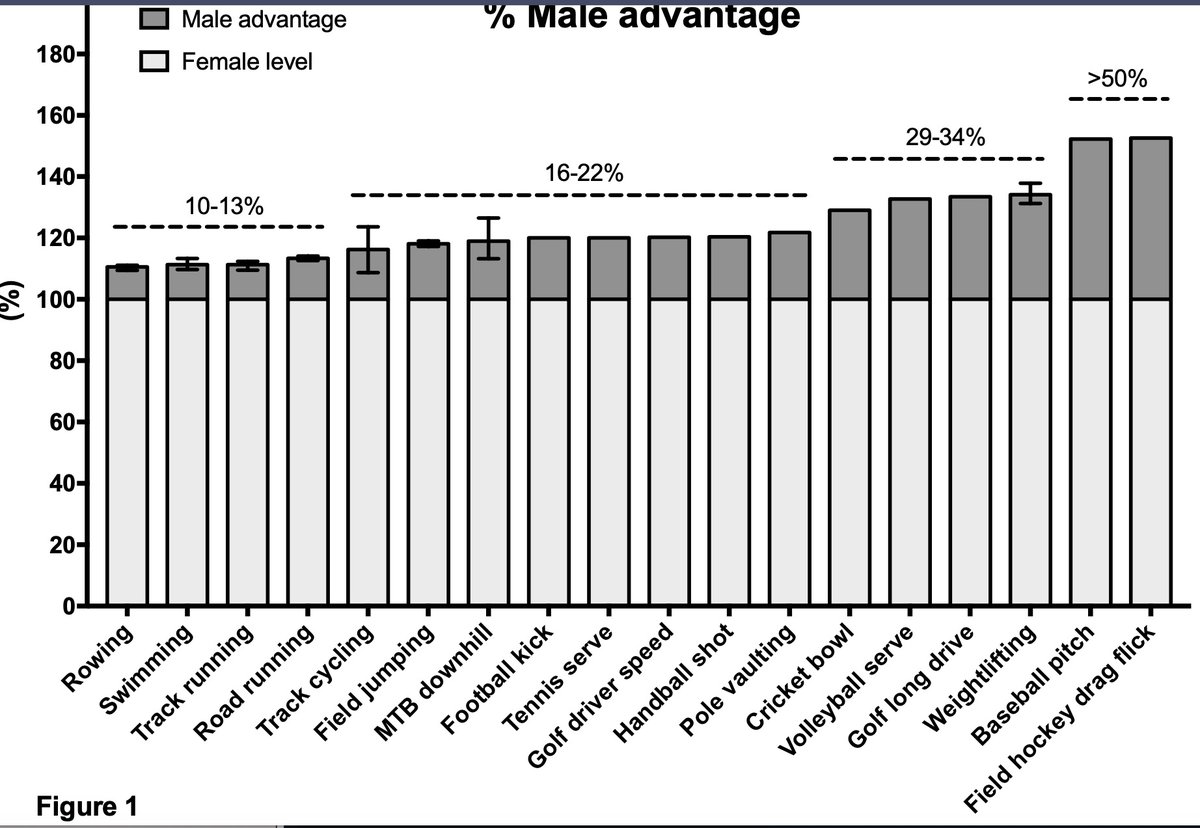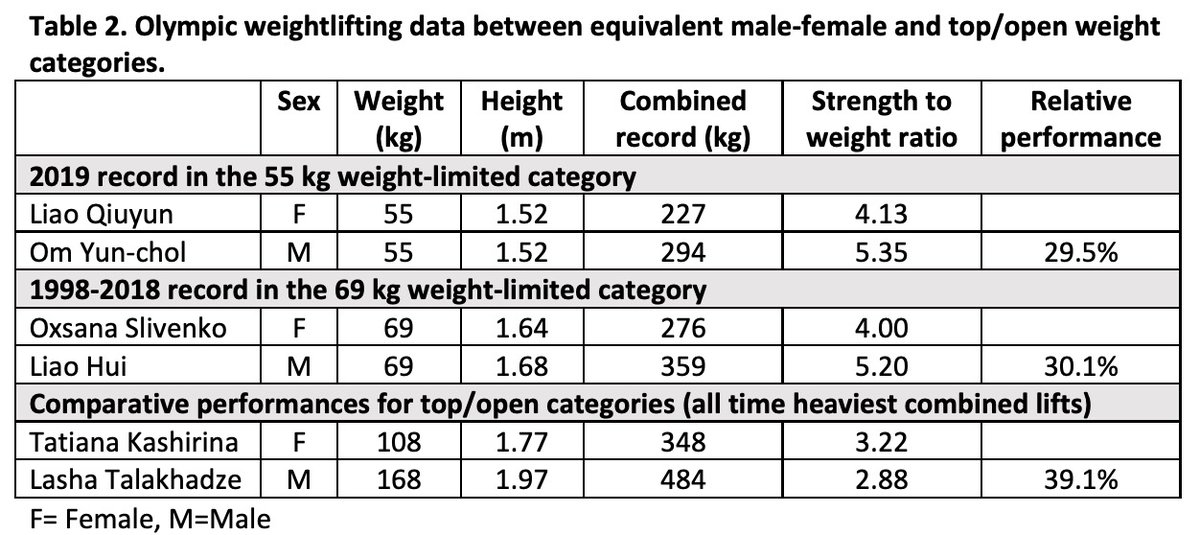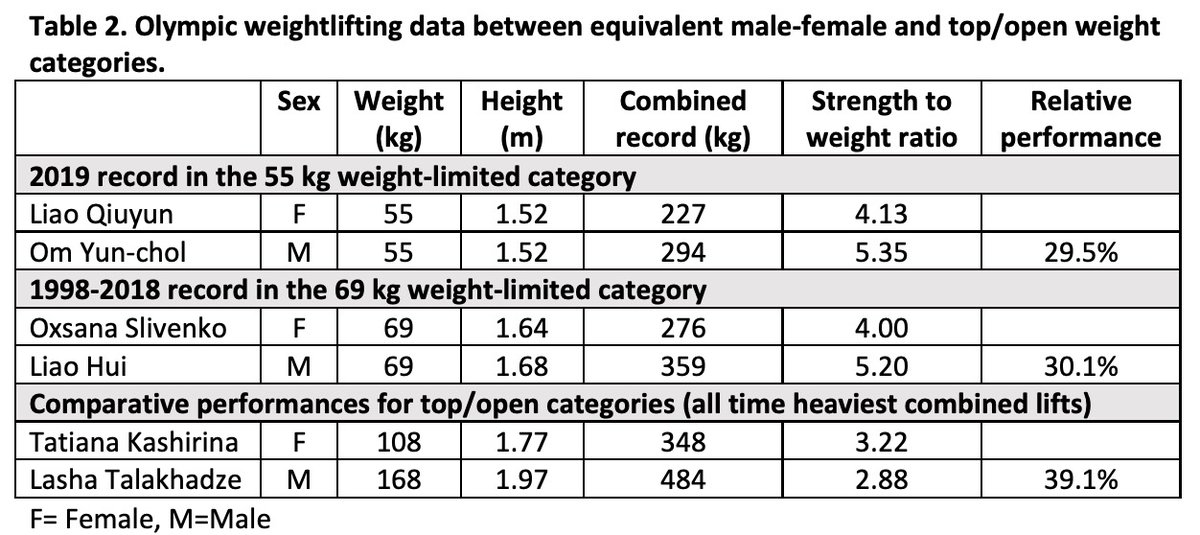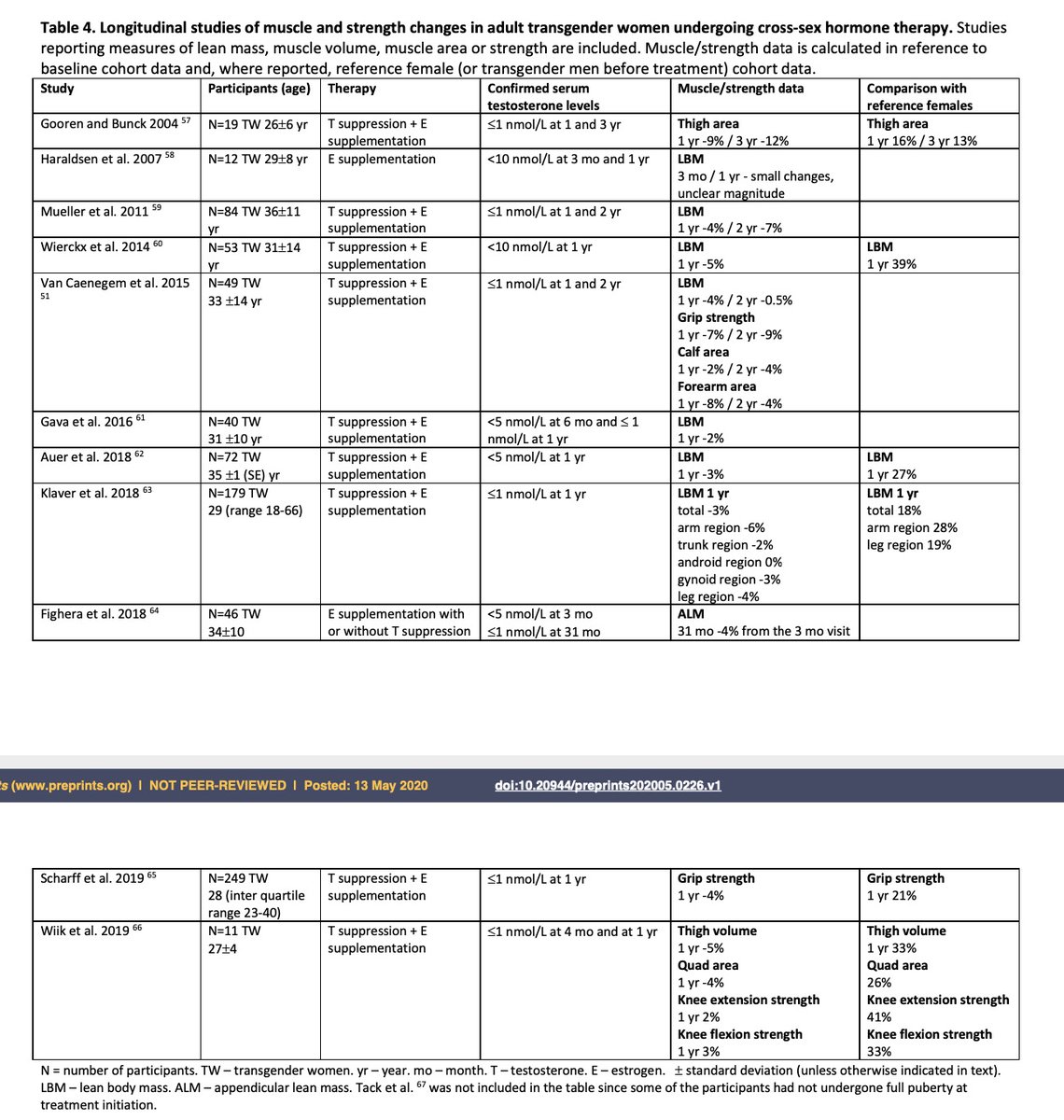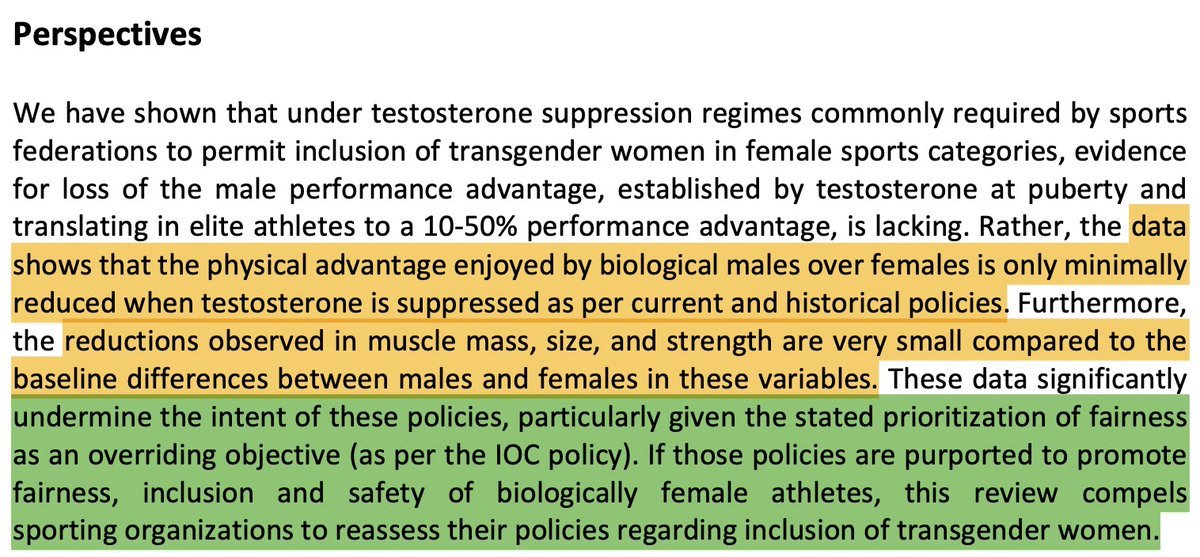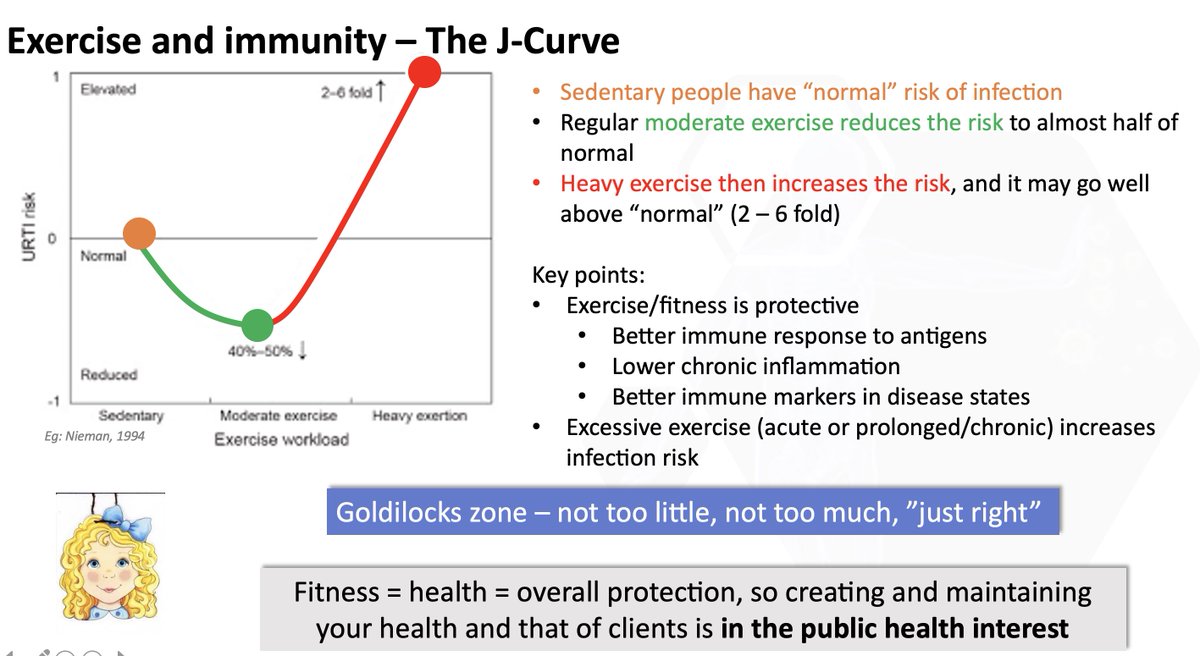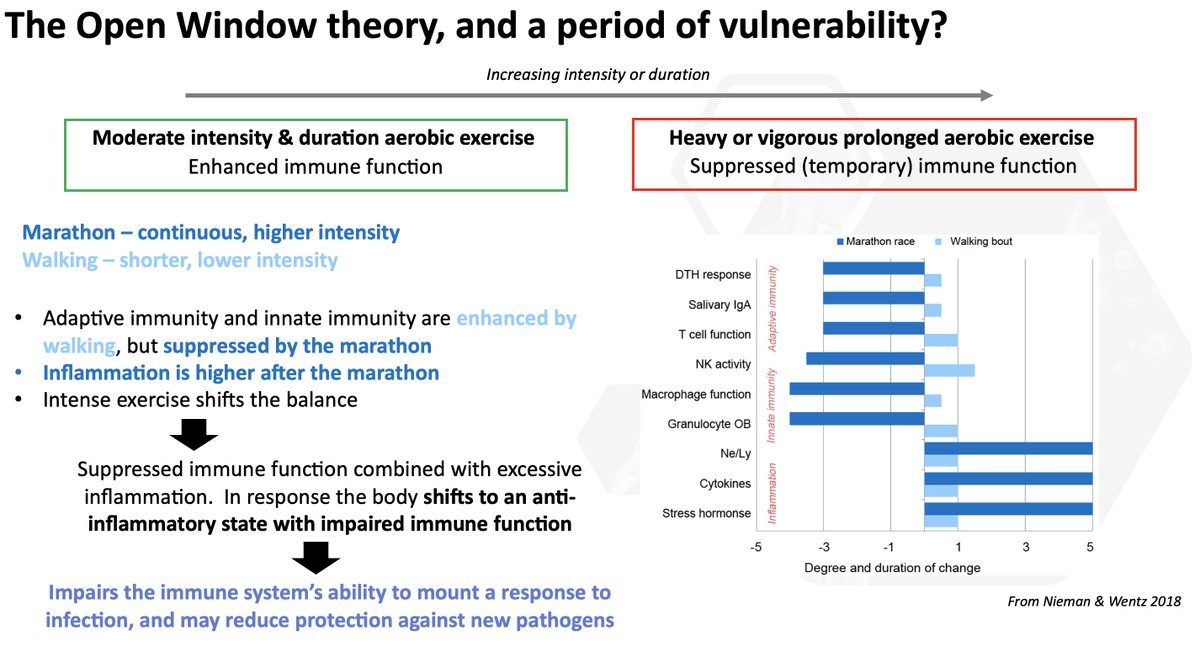preprints.org/manuscript/202…
1. What are the biological differences between males & females?
2. What do these biological differences do for performance differences between males and females?
3. What does testosterone reduction to do to 1, and thus 2?
Higher lean mass, less fat, more muscle mass (especially upper body), higher strength, longer bones & narrower pelvis, ‘better’ tendons, higher cardiovascular parameters. Gaps range from 6% to >80%

